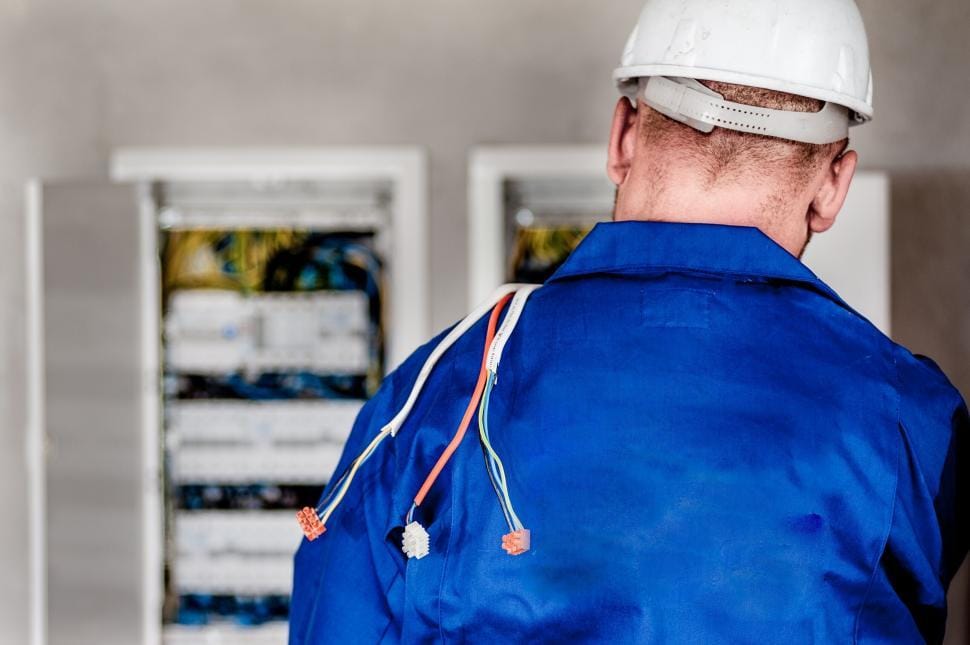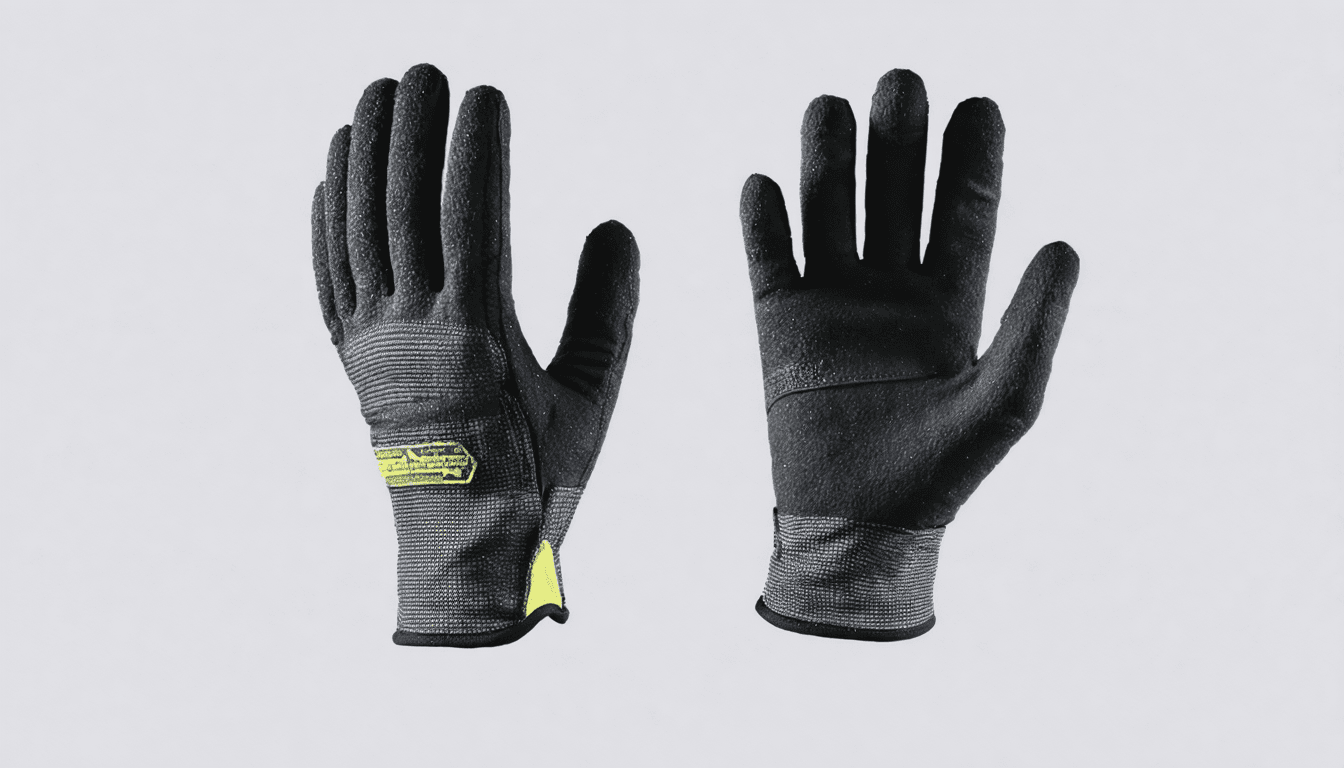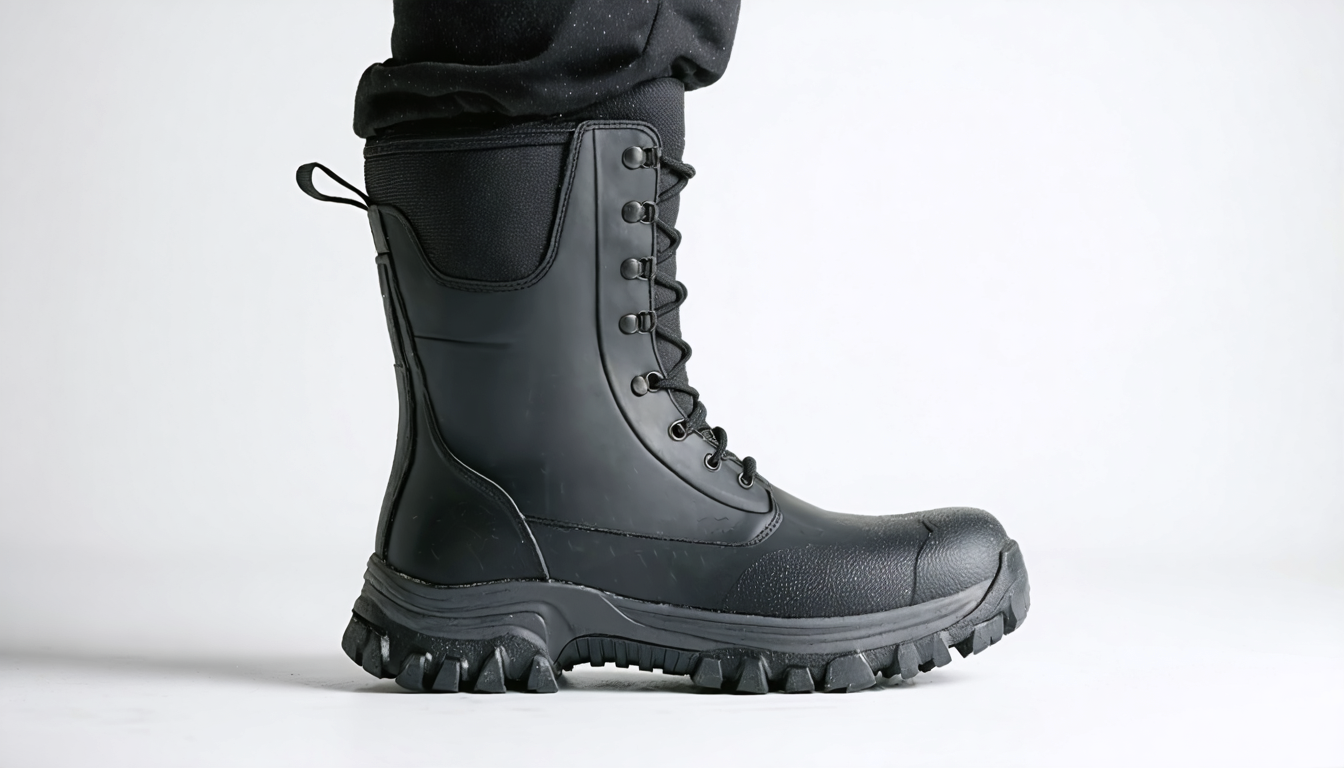
Electricians work in environments where safety is a top priority. Their uniforms and PPE (Personal Protective Equipment) are specifically designed to protect them from electrical hazards, physical injuries, and environmental risks. Let’s explore the key features of an electrician’s uniform and the types of protective gear they wear to stay safe on the job.
An electrician’s uniform typically includes flame-resistant clothing, insulated gloves, steel-toe boots, and hard hats, all designed to provide protection against electrical hazards, burns, and physical injuries in high-risk environments.
Let’s break down the specific components of an electrician’s uniform and discuss their importance in preventing injuries.
What are the key features of an electrician’s uniform?
An electrician’s uniform is designed to provide comprehensive protection against electrical hazards, thermal burns, and mechanical risks, ensuring safety while performing tasks.
Key features of an electrician’s uniform include flame-resistant fabrics, insulated gloves, steel-toe boots, and hard hats, all tailored to reduce exposure to electrical hazards and physical injuries.

The uniform worn by electricians is essential for their safety. It is designed to shield them from the multiple hazards they face, such as electrical shocks, burns, and physical injuries. Here are the key components of an electrician’s uniform:
-
Flame-Resistant Clothing: Electricians are required to wear flame-resistant (FR) clothing to protect against burns caused by arc flashes, electrical fires, or electrical faults. These garments are made of fabrics treated to self-extinguish when exposed to flame, reducing the risk of injury.
-
Insulated Gloves: Rubber insulating gloves are worn to protect electricians from electric shock when working with live wires or electrical circuits. These gloves are rated for different voltage levels and must be tested regularly for integrity.
-
Steel-Toe Boots: Electricians wear steel-toe boots to protect their feet from falling objects, sharp tools, and other hazards present on job sites. These boots are often reinforced to provide electrical insulation to prevent shock.
-
Hard Hats: Hard hats are crucial for protecting electricians from head injuries due to falling tools, debris, or accidents on construction sites.
-
Eye and Face Protection: Electricians also wear safety glasses or face shields to protect their eyes from sparks, flying debris, and arc flashes.
By combining these essential elements, electricians’ uniforms offer comprehensive protection in dangerous work environments.
Why do electricians wear flame-resistant clothing?
Flame-resistant clothing is a vital part of an electrician’s uniform, providing critical protection against electrical fires and arc flashes.
Flame-resistant clothing helps protect electricians from severe burns caused by arc flashes, electrical faults, and fires, ensuring their safety during electrical tasks.

Flame-resistant (FR) clothing is a must-have for electricians due to the risks associated with electrical work. Here’s why it’s so crucial:
-
Protection Against Arc Flash Burns: Arc flashes occur when there is a sudden release of electrical energy due to faults or short circuits. This can result in extreme heat, capable of causing severe burns. FR clothing is designed to withstand these high temperatures, providing essential protection.
-
Reducing Fire Hazards: Electricians may work in environments where fires are a risk—whether due to faulty wiring, sparks, or electrical failures. FR clothing significantly reduces the likelihood of burns or serious injuries from these fires.
-
Self-Extinguishing Properties: FR clothing is treated with specialized materials that self-extinguish when exposed to fire. This helps prevent the spread of flames and protects the wearer from extended exposure.
Flame-resistant clothing is an essential part of PPE for electricians working in high-risk environments, where electrical fires and arc flashes are a constant threat.
What type of gloves do electricians use for electrical work?
When working with live electrical systems, electricians must wear specialized gloves designed to prevent electric shock and burns.
Rubber insulating gloves are used by electricians to protect against electrical shock, while leather protectors are worn over them for added mechanical protection.

Gloves are one of the most important PPE components for electricians, as they protect hands from electrical shocks, burns, and physical injuries. Here’s a closer look at the types of gloves electricians wear:
-
Rubber Insulating Gloves: These gloves are specifically designed to protect against electric shock when working with live wires or electrical equipment. They are rated according to their voltage capacity and must be regularly inspected for wear or damage. Rubber insulating gloves are a vital part of electrical work.
-
Leather Protectors: Since rubber gloves are delicate and can be damaged by sharp objects or rough surfaces, electricians often wear leather protectors over the rubber gloves. These provide added protection against abrasions and physical damage while still allowing the rubber gloves to perform their electrical insulating function.
-
Glove Inspections: Regular inspection of gloves for cuts, tears, or wear is critical to ensuring safety. Electricians must perform air testing on gloves before each use to ensure they remain electrically safe.
Together, insulating rubber gloves and leather protectors form a comprehensive barrier that helps electricians stay safe from electrical hazards.
What type of footwear is best for electricians?
Footwear is an often-overlooked part of an electrician’s uniform, but it plays a critical role in protecting workers from electrical hazards and physical injuries.
Electricians wear steel-toe boots or insulated rubber boots to protect against electric shocks, falling objects, and sharp debris on the job site.

The right footwear is essential for electricians to protect themselves from electrical hazards and physical injuries:
-
Steel-Toe Boots: These boots are designed to protect against falling objects or heavy tools that may drop on the feet. The steel-toe construction provides durability and impact resistance, preventing foot injuries.
-
Insulated Rubber Boots: For electricians working with live electrical systems, rubber boots are essential to prevent electrical shock. These boots are specifically made to insulate the body from electrical currents and provide electrical resistance.
-
Slip-Resistant Soles: Footwear also features slip-resistant soles to prevent slipping on wet or oily surfaces, ensuring stability and preventing falls on hazardous job sites.
Proper footwear, combined with other PPE, ensures electricians can work safely and effectively in environments where the risk of injury is high.
Conclusion
Electricians face a wide range of hazards in their daily work, from electrical shocks to physical injuries. Wearing the proper uniform—including flame-resistant clothing, insulating gloves, steel-toe boots, and hard hats—is crucial for ensuring their safety. With the right PPE, electricians can significantly reduce the risks associated with their work and perform their tasks with confidence. Always remember to inspect PPE regularly and replace damaged gear to maintain the highest level of safety.
Zion Zhang
Recent Posts
 100-Wash Antimicrobial Durability: Long-Lasting Hygiene Protection for Food and Healthcare Industries2025年12月20日Food processing plants and healthcare facilities are […]
100-Wash Antimicrobial Durability: Long-Lasting Hygiene Protection for Food and Healthcare Industries2025年12月20日Food processing plants and healthcare facilities are […] Future Reflective Materials: Adaptive Visibility for High-Mobility and High-Risk Work Environments2025年12月19日Modern industrial workplaces are evolving rapidly. […]
Future Reflective Materials: Adaptive Visibility for High-Mobility and High-Risk Work Environments2025年12月19日Modern industrial workplaces are evolving rapidly. […] Next-Gen FR Fabrics: Lighter, Softer, and More Durable Flame-Resistant Workwear for Long Shifts2025年12月18日For decades, flame-resistant (FR) workwear has been […]
Next-Gen FR Fabrics: Lighter, Softer, and More Durable Flame-Resistant Workwear for Long Shifts2025年12月18日For decades, flame-resistant (FR) workwear has been […] Nano-Coatings Reduce Washing Frequency: Smarter Workwear for Cleaner, More Efficient Operations2025年12月17日Industrial workwear is no longer evaluated solely on […]
Nano-Coatings Reduce Washing Frequency: Smarter Workwear for Cleaner, More Efficient Operations2025年12月17日Industrial workwear is no longer evaluated solely on […] Self-Healing Fabrics: The Future of Durable Protective Workwear in Extreme Industries2025年12月16日Self-healing fabrics represent one of the most […]
Self-Healing Fabrics: The Future of Durable Protective Workwear in Extreme Industries2025年12月16日Self-healing fabrics represent one of the most […] Thermo-Adaptive Fabrics: Dynamic Microclimate Control for Extreme Heat Environments2025年12月8日In high-temperature environments—whether in Middle Eastern […]
Thermo-Adaptive Fabrics: Dynamic Microclimate Control for Extreme Heat Environments2025年12月8日In high-temperature environments—whether in Middle Eastern […]
CONTACT US
- Feel free to contact us any time. We will get back to you as soon as we can!
- +86-17330061805
